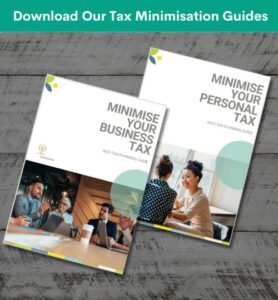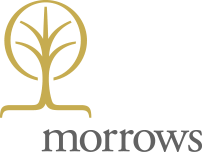Now that the 2025 Fringe Benefits Tax (FBT) year has concluded, we encourage our clients to reevaluate their FBT commitments and strategies for effective tax management.
Let’s explore the intricacies of FBT and discover practical strategies for businesses.
Firstly, what is Fringe Benefits Tax
FBT encompasses non-cash benefits provided to employees in addition to their salary and wages. These benefits, from car usage to entertainment perks, are subject to taxation to ensure equitable treatment.
Understanding FBT fundamentals is essential for you to fulfil your tax obligations accurately.
Below is a list of common benefits provided by employers, if you provide any of the following to your employees, you may be subject to FBT:
- Salary packaging private motor vehicles
- Allow employees to use work cars for personal purposes
- Provide discounted loans, products and services
- Offer gym memberships
- Offer entertainment tickets
- Reimburse them for various expenses
- Facilitate salary sacrifice arrangements
It’s important to distinguish between fringe benefits and other forms of compensation, such as salary, shares acquired through employee schemes, and employer contributions to super funds, which are generally taxed in the employee’s hands. Fringe benefits are often used to attract and retain talents as the relevant tax obligations are taken care of by the employer.
If you are unsure, please contact your Morrows Advisor for a copy of the FBT Questionnaire to explore. This questionnaire outlines the necessary information required to assess your FBT obligations thoroughly.
Key Considerations for the 2025 FBT Year:
- Multiple Device Exemptions: Employers can provide multiple FBT-exempt portable electronic devices, subject to certain conditions, such as replacing earlier items or qualifying as a small business entity.
- FBT Concessions for Retraining: FBT exemptions are applicable for retraining and reskilling staff, provided specific criteria are met.
- Car Parking Arrangements: Recent changes have altered the threshold for commercial parking stations to $10.77. Employers will need to review existing parking arrangements to ensure compliance.
- Electric Vehicles: Employers won’t pay FBT on benefits provided for eligible electric cars and associated car expenses. Benefits provided for electric cars are exempt from FBT if all criteria are met. Read more about this here.
- Remote Work Implications: FBT calculations may require adjustments concerning employees who predominantly worked from home during the FBT year.
For good tax management you need to lodge a FBT Return
Technically, an employer is not required to lodge an FBT Return if there is no taxable benefit after receiving employee contributions or applying various exemptions. However, there is a hidden risk in not lodging an FBT return – it gives the ATO commissioner an indefinite period to audit and amend your FBT obligation.
By lodging a nil return, you effectively start the 3-year amendment period from the lodgment date. This is considered the best tax management practice when it comes to FBT, as it adds an extra layer of protection by doing the extra step.
Additionally, it is important to note that while certain benefits are exempted from FBT, such as the electric car benefit, they still need to be reported for employee payment summary, payroll tax, and WorkCover purposes.
What you need to do if you don’t provide a fringe benefit?
If you are registered for FBT but have not provided a fringe benefit during the year, you are still required to notify the ATO. You can do so by lodging a nil return or a Fringe Benefits Tax Notice of Non-Lodgment (NAT 3094). It is important to note that lodging the latter form does not initiate the 3-year amendment period.
Are businesses likely to get audited?
The ATO has wide access to data, enabling oversight of employers who fall short in fulfilling their reporting obligations. For example, it is well known that the ATO is actively data-matching car registrations against companies and trusts to ensure car benefits are being correctly reported for tax purposes. Additionally, the ATO will generally expand an audit of other employment obligations (PAYG-W, SGC) to include the FBT regime.
Lodging a nil return can also be a practical way to limit the audit review period to 3 years, as discussed above.
It is also recommended to check your audit insurance to ensure it provides protection for FBT compliance. Be assured that if you have taken up Audit Management Service with Morrows, you are covered.
2025 FBT Return Deadline
The deadline for lodgment and payment is May 21, 2025. However, Morrows, acting as your tax agent, has an extended lodgment deadline of June 25, 2025.
How Morrows can help
Navigating the complexities of FBT can be daunting, especially with recent changes adding to the confusion. Our team of Morrows Advisors is here to provide clarity and guidance tailored to your business needs.
Again, if you are unsure, please contact your Morrows Advisor for a copy of the FBT Questionnaire.

Want to learn more Tax Minimisation Strategies? Download our Tax Guides
We’ve created two Tax Planning Guides to help you and your business be better prepared.
And if you’re ready to take the guesswork out of it completely, our team is here to help you design a personalised tax strategy for your business.
Fill in your details below, to gain access to these guides for free.





